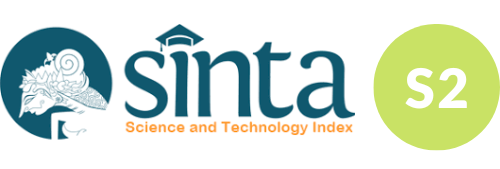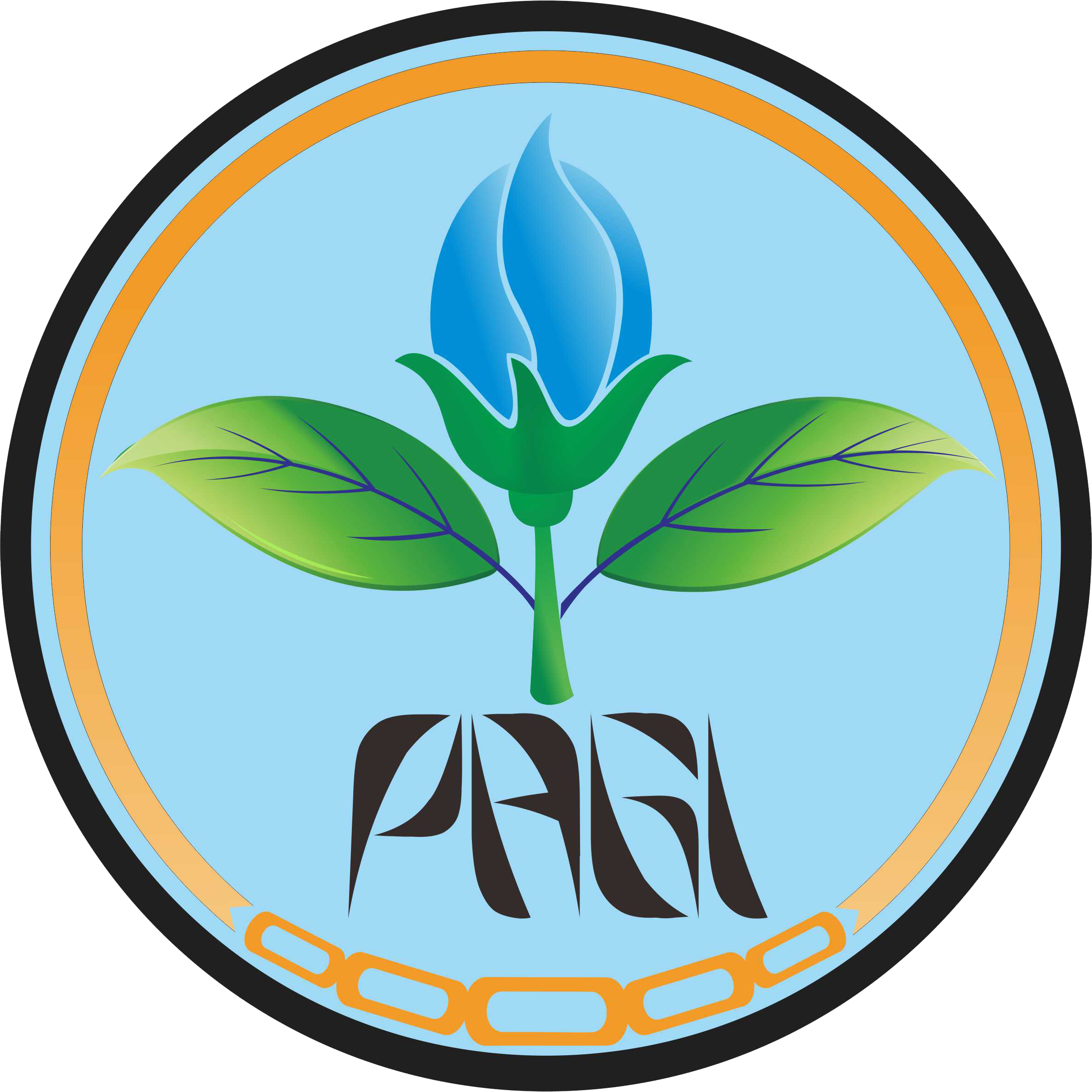Potential of Various Rice-Washing Water as a Source of Manufacturing Secondary Metabolites of Trichoderma harzianum T10 to Control Cucumber Crown and Root Rot
| Dublin Core | PKP Metadata Items | Metadata for this Document | |
| 1. | Title | Title of document | Potential of Various Rice-Washing Water as a Source of Manufacturing Secondary Metabolites of Trichoderma harzianum T10 to Control Cucumber Crown and Root Rot |
| 2. | Creator | Author's name, affiliation, country | Loekas Soesanto; Faculty of Agriculture, Universitas Jendral Soedirman, Purwokerto, Central Java 53123, Indonesia [SCOPUS Author ID: 6504085331]; Indonesia |
| 2. | Creator | Author's name, affiliation, country | Michelia Alba Dapawole; Faculty of Agriculture, Universitas Jendral Soedirman, Purwokerto, Central Java 53123, Indonesia; Indonesia |
| 2. | Creator | Author's name, affiliation, country | Murti Wisnu Ragil Sastyawan; Faculty of Engineering, Universitas Jendral Soedirman, Purbalingga, Central Java 53371. Indonesia; Indonesia |
| 2. | Creator | Author's name, affiliation, country | Endang Mugiastuti; Faculty of Agriculture, Universitas Jendral Soedirman, Purwokerto, Central Java 53123, Indonesia; Indonesia |
| 2. | Creator | Author's name, affiliation, country | Abdul Manan; Faculty of Agriculture, Universitas Jendral Soedirman, Purwokerto, Central Java 53123, Indonesia; Indonesia |
| 2. | Creator | Author's name, affiliation, country | Dina Istiqomah; Faculty of Agriculture, Universitas Jendral Soedirman, Purwokerto, Central Java 53123, Indonesia; Indonesia |
| 3. | Subject | Discipline(s) | |
| 3. | Subject | Keyword(s) | Antagonistic fungi; Biocontrol; Cucumis sativus; Cucumber seedlings; Soil-borne pathogen |
| 4. | Description | Abstract | Cucumber is one of the most widely consumed vegetable crops globally. Rice-washing water has not been previously explored as a potential source for producing secondary metabolites from antagonistic fungi. Phytophthora species frequently affect cucumber seedlings, leading to crown and root rot. This research aimed to assess the efficacy of washing water from various rice types on the conidial density of Trichoderma harzianum T10 and its impact on crown and root rot in cucumber seedlings and overall plant growth. We conducted four treatments with rice washing water in vitro under a completely randomized design, comprising six replicates. Five treatments were evaluated in planta under a randomized block design with five replicates. The observed variables included conidial density, incubation period, disease incidence, disease progression expressed as the Area Under the Disease Progress Curve (AUDPC), plant height, fresh weight, and root length. The results indicated that washing water from glutinous rice provided the optimal medium for T. harzianum T10, yielding a conidial density of 10.3 × 10-6 conidia mL-1, representing a 66.02% increase compared to washing water from white rice. The crude secondary metabolites produced by T. harzianum T10 in glutinous rice washing water significantly extended the incubation period and reduced disease incidence and AUDPC values by 40.34, 62.07, and 69.41%, respectively, compared to the control. Furthermore, the secondary metabolites from T. harzianum T10 in glutinous rice washing water enhanced plant height, fresh weight, and root length by 91.81, 92.42, and 95.21%, respectively, compared to the control. |
| 5. | Publisher | Organizing agency, location | Perkumpulan Agroteknologi/Agroekoteknologi Indonesia |
| 6. | Contributor | Sponsor(s) | Universitas Jenderal Soedirman |
| 7. | Date | (YYYY-MM-DD) | 2024-12-30 |
| 8. | Type | Status & genre | Articles |
| 8. | Type | Type | |
| 9. | Format | File format | PDF(ID) |
| 10. | Identifier | Uniform Resource Identifier | https://jurnal.uns.ac.id/arj/article/view/92490 |
| 10. | Identifier | Digital Object Identifier | https://doi.org/10.20961/agrotechresj.v8i2.92490 |
| 11. | Source | Title; vol., no. (year) | Agrotechnology Research Journal; Vol 8, No 2 (2024): Agrotechnology Research Jurnal |
| 12. | Language | English=en | en |
| 14. | Coverage | Geo-spatial location, chronological period, research sample (gender, age, etc.) | |
| 15. | Rights | Copyright and permissions |
Copyright (c) 2024 Agrotechnology Research Journal This work is licensed under a Creative Commons Attribution-ShareAlike 4.0 International License. |




